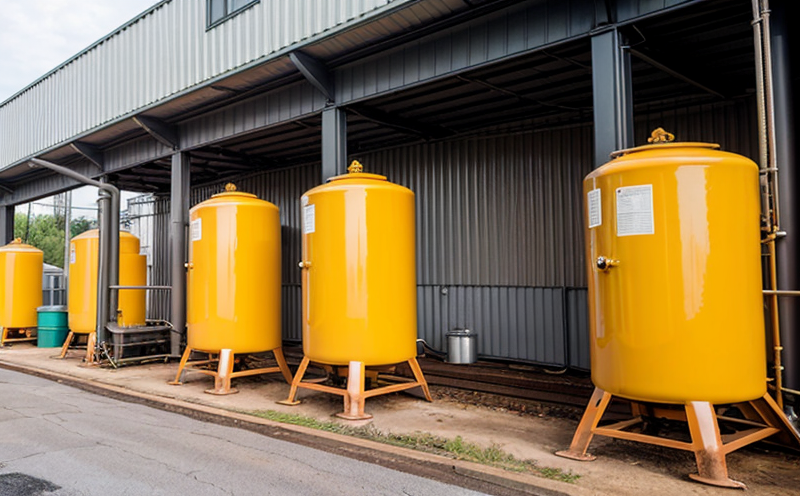ASTM A36 Structural Steel Material Compliance Testing Validation Method Development Test
The ASTM A36 standard specifies the minimum requirements for carbon structural steel intended to be used in structures. This service focuses on validating compliance with ASTM A36 through rigorous testing, method development, and reporting. Our expertise ensures that clients meet regulatory and quality standards, maintaining high product integrity.
ASTM A36 structural steel is commonly utilized in construction projects requiring durability and strength under varying environmental conditions. The material's mechanical properties are critical for ensuring the safety of structures such as buildings, bridges, and industrial facilities. Our testing aligns with ASTM specifications to ensure that each batch of structural steel meets these stringent requirements.
Our process involves several key steps: sample preparation, initial inspection, mechanical property testing (yield strength, tensile strength, elongation), and visual examination. Compliance with ASTM A36 is determined by the results from these tests. We also develop customized testing methods to meet specific client needs or project requirements.
At Eurolab, we use advanced instrumentation and equipment tailored for ASTM A36 compliance testing. Our laboratory adheres strictly to international standards such as ISO 9001:2015 for quality management systems, ensuring accuracy and reliability in our test results. This service is particularly beneficial for organizations involved in industrial manufacturing processes where regulatory compliance is paramount.
The importance of ASTM A36 compliance cannot be overstated. Non-compliance can lead to structural failures, safety hazards, and costly legal consequences. By partnering with Eurolab, you ensure that your materials meet the highest standards set by industry regulations.
We pride ourselves on providing comprehensive support for our clients' compliance needs. Our team of experienced engineers and technicians works closely with customers to understand their specific requirements and challenges. From initial consultation through final report delivery, we offer a seamless testing experience tailored to your project's unique demands.
Our commitment to quality extends beyond just meeting ASTM A36 standards; it includes continuous improvement in our processes and techniques. By leveraging cutting-edge technology and methodologies, we stay at the forefront of material testing innovation, ensuring that our clients benefit from the latest advancements in this field.
Applied Standards
The ASTM A36 Structural Steel Material Compliance Testing Validation Method Development Test is based on several key standards:
- ASTM A36-18a: Specification for Carbon Structural Steel.
- ISO 9001:2015: Quality Management Systems.
- EN 10025:2007: Carbon structural steels and high-quality non-alloying steels for the construction of buildings and other civil engineering works.
The ASTM A36 standard is widely recognized for its stringent requirements on carbon structural steel. Compliance with this specification ensures that materials have adequate strength, ductility, and formability to meet the demands of industrial applications.
Eurolab Advantages
- Expertise & Experience: Our team comprises highly skilled professionals with extensive experience in ASTM A36 compliance testing.
- State-of-the-Art Facilities: Equipped with the latest instrumentation and equipment for precise and reliable testing results.
- Dedicated Client Support: Tailored solutions to meet your specific project requirements.
- Rapid Turnaround Times: Efficient processes ensure that you receive timely reports without compromising on accuracy.
- Comprehensive Reporting: Detailed and actionable insights into the test results, aiding informed decision-making.
Use Cases and Application Examples
The ASTM A36 Structural Steel Material Compliance Testing Validation Method Development Test finds application in various industrial sectors including construction, manufacturing, and infrastructure development. Here are some real-world examples:
- Building Construction: Ensuring the structural integrity of skyscrapers and residential complexes.
- Bridge Engineering: Guaranteeing the durability and safety of large-scale bridge projects.
- Industrial Facilities: Supporting the construction of manufacturing plants and warehouses that require robust steel structures.





